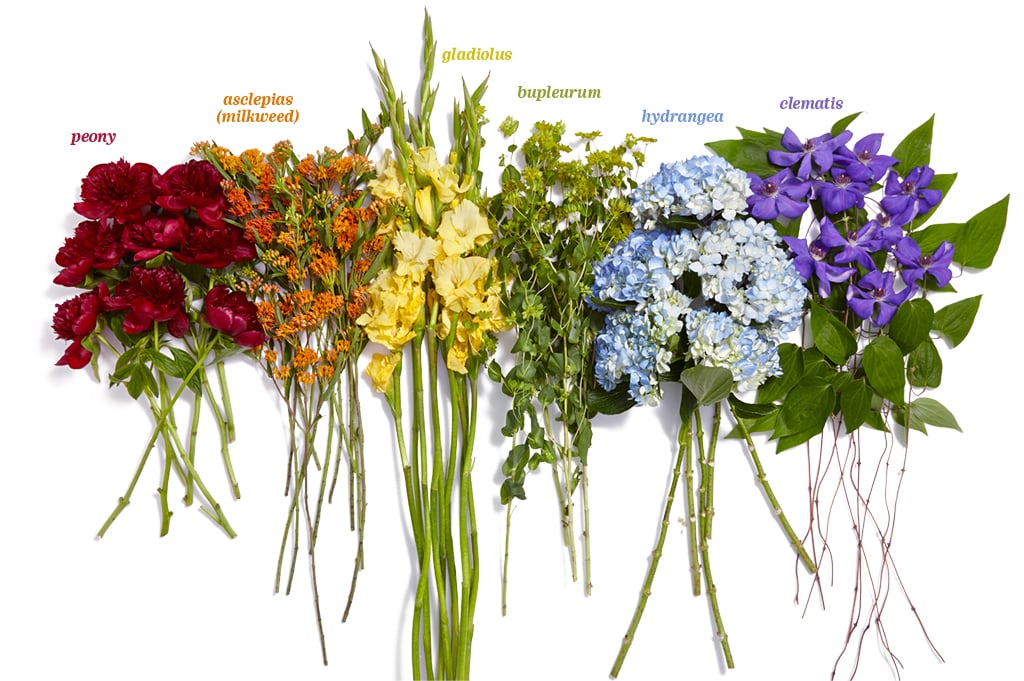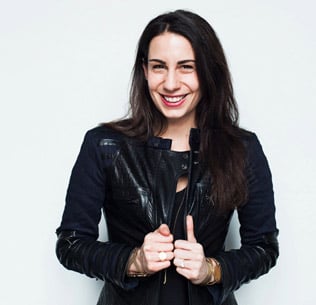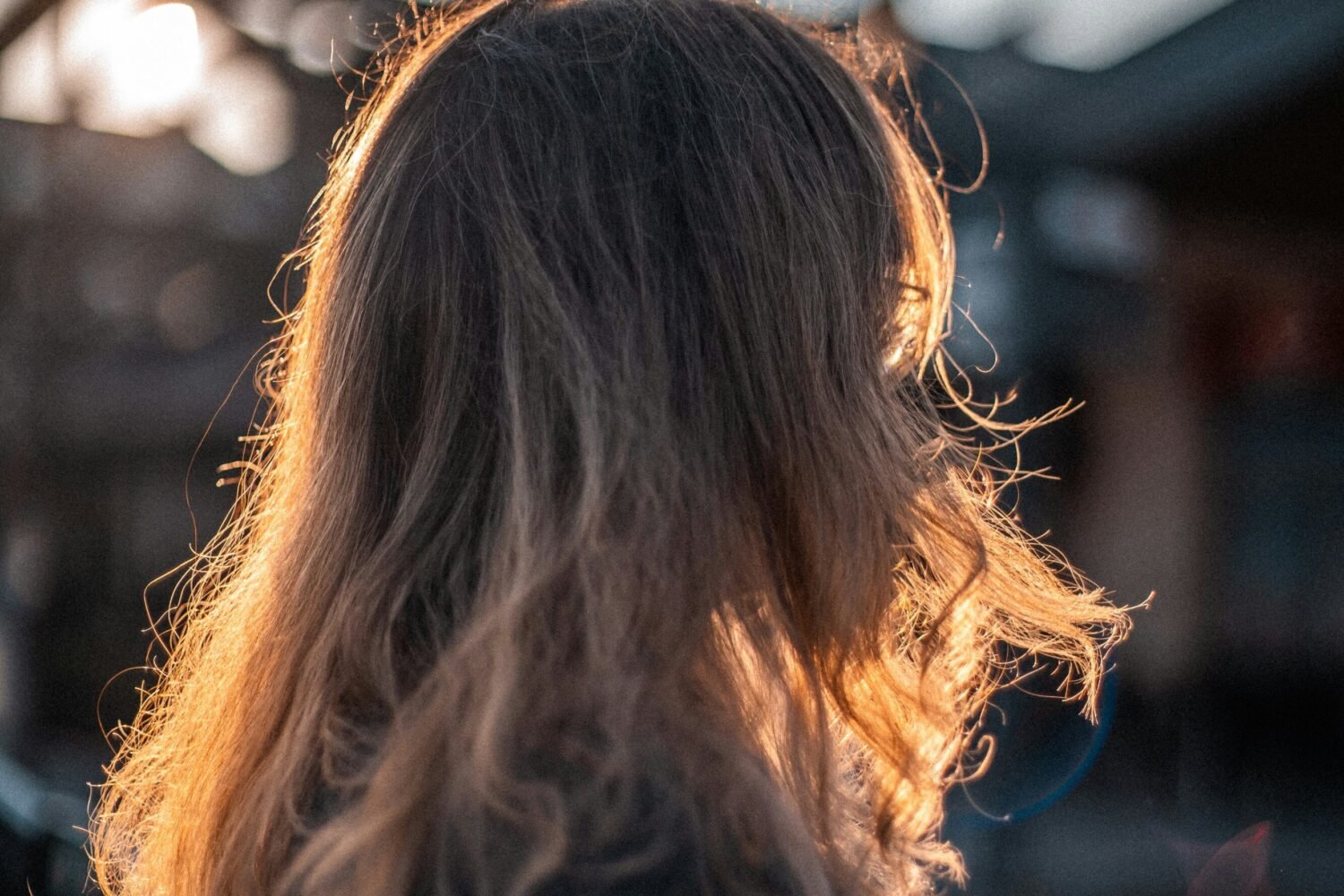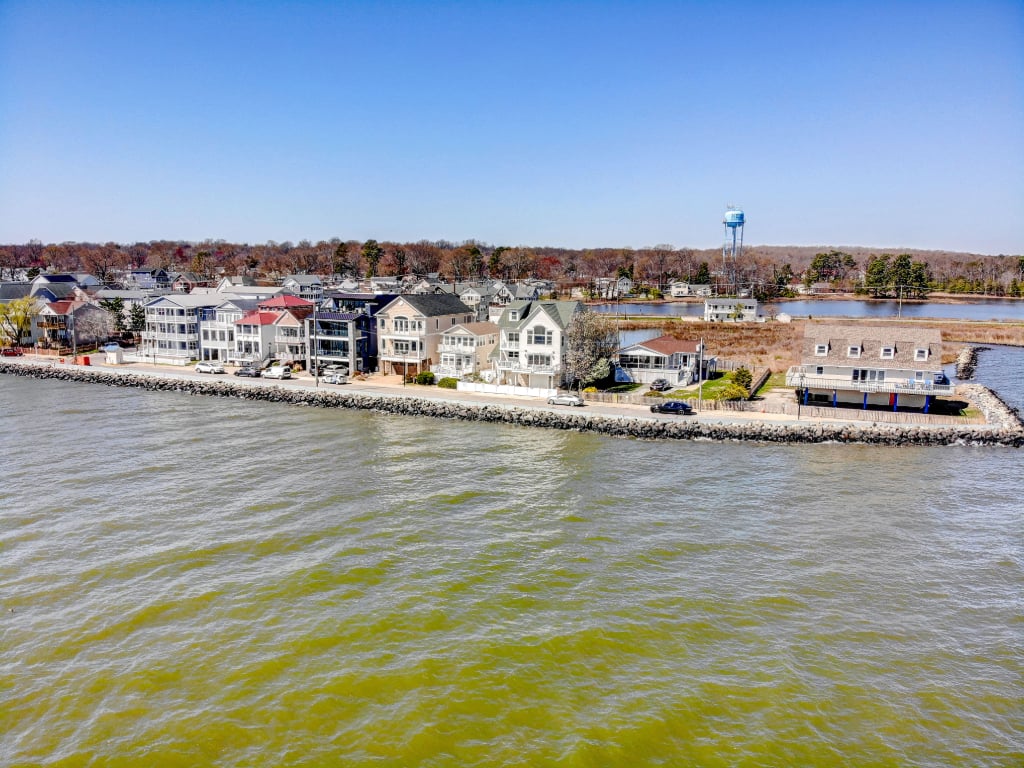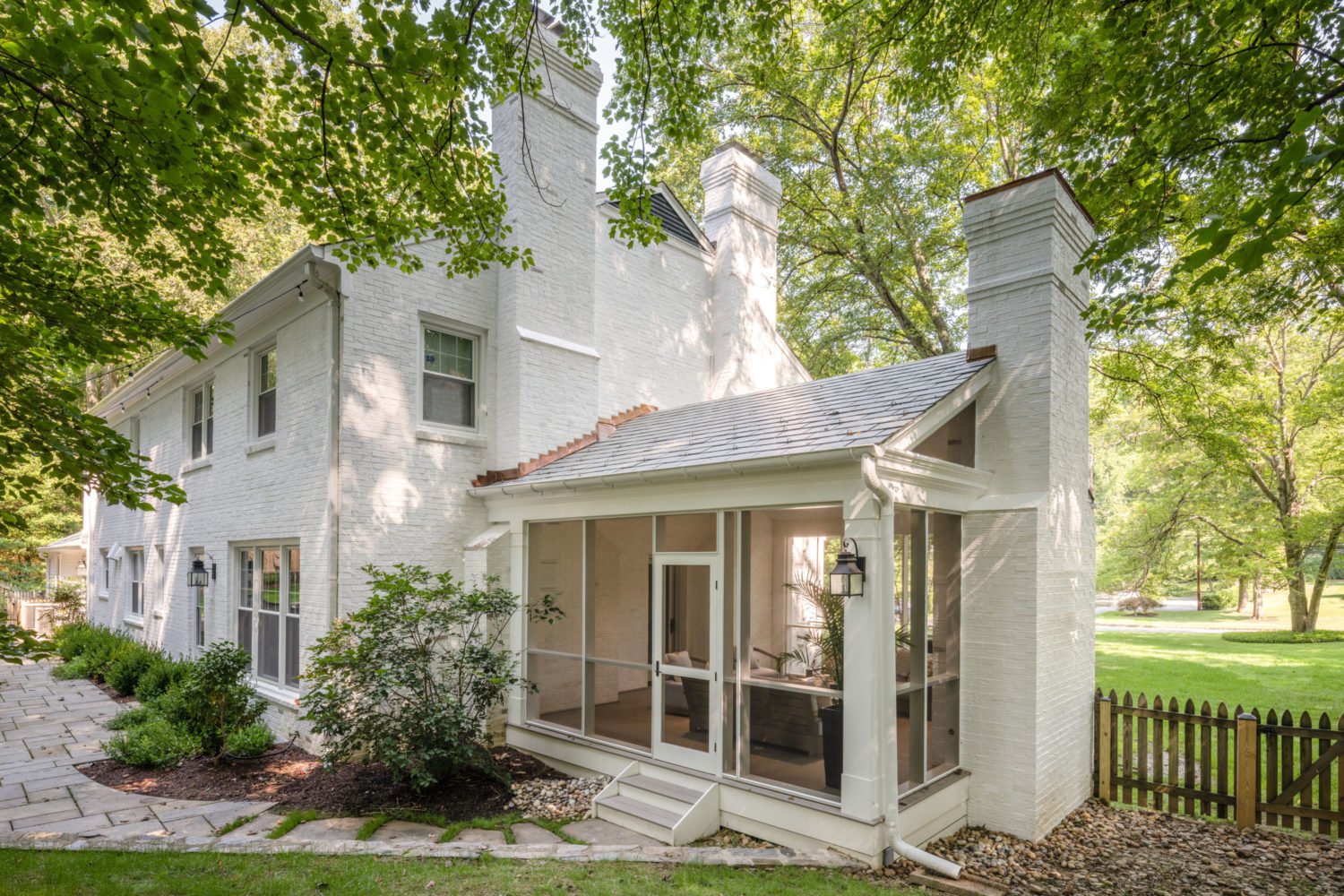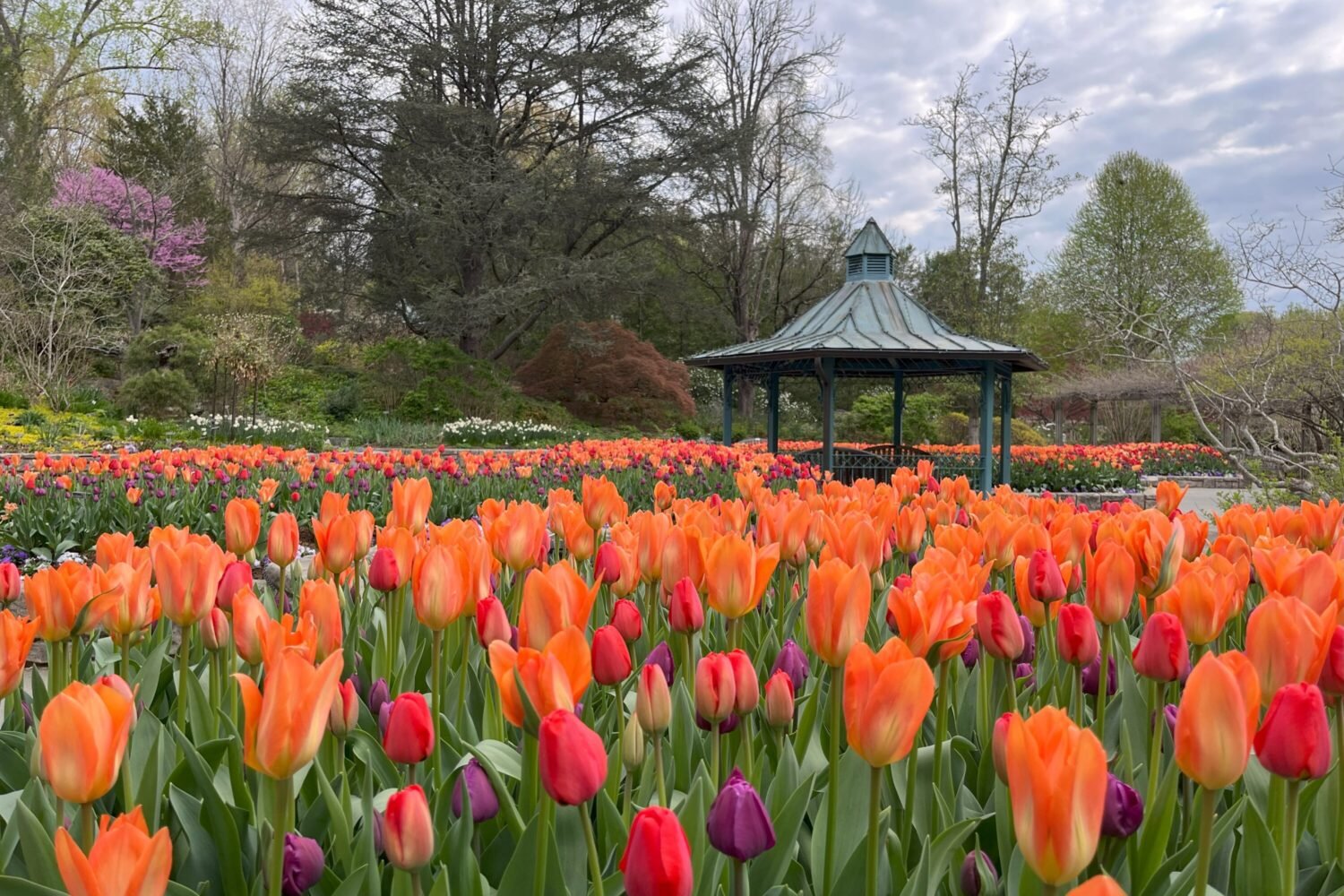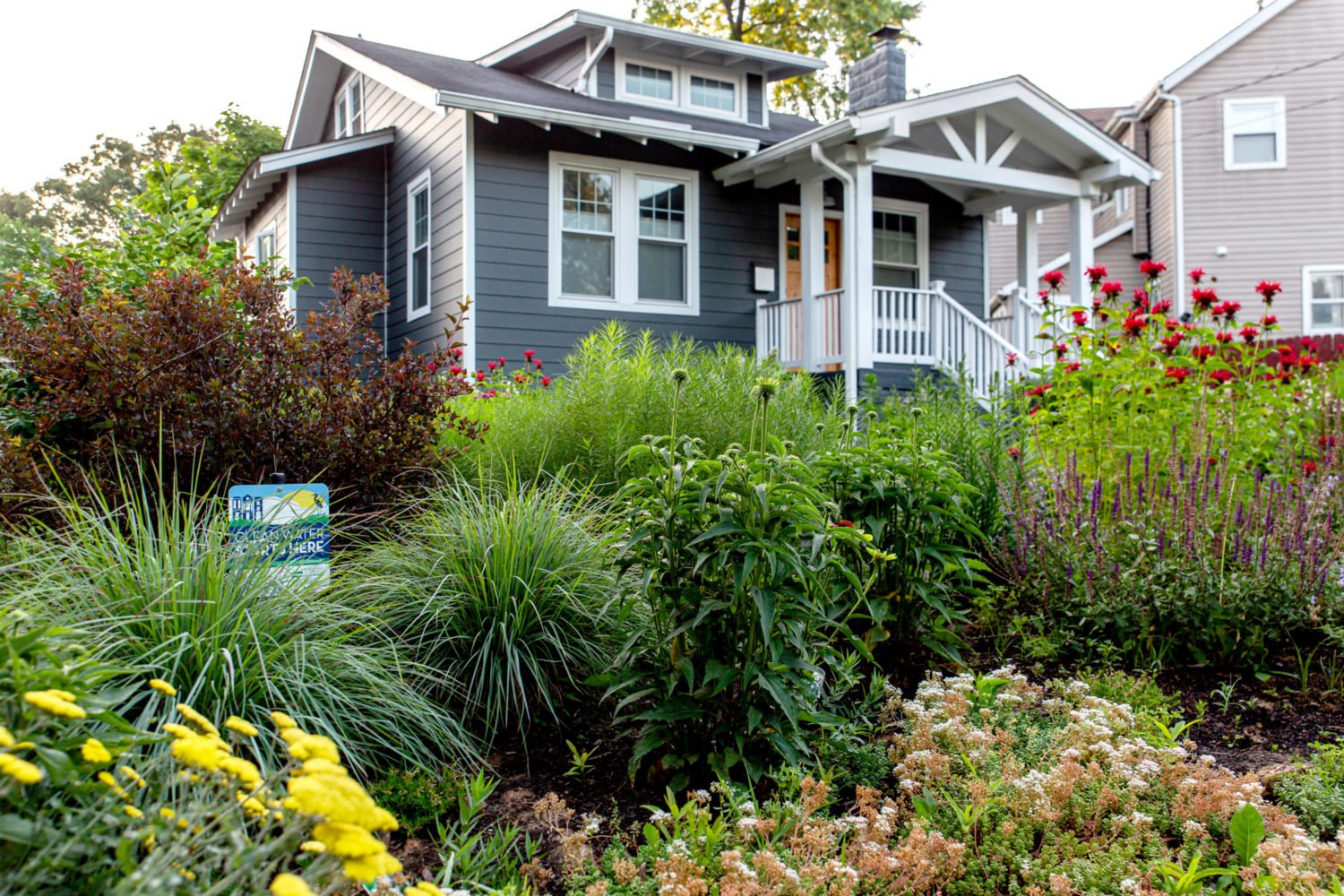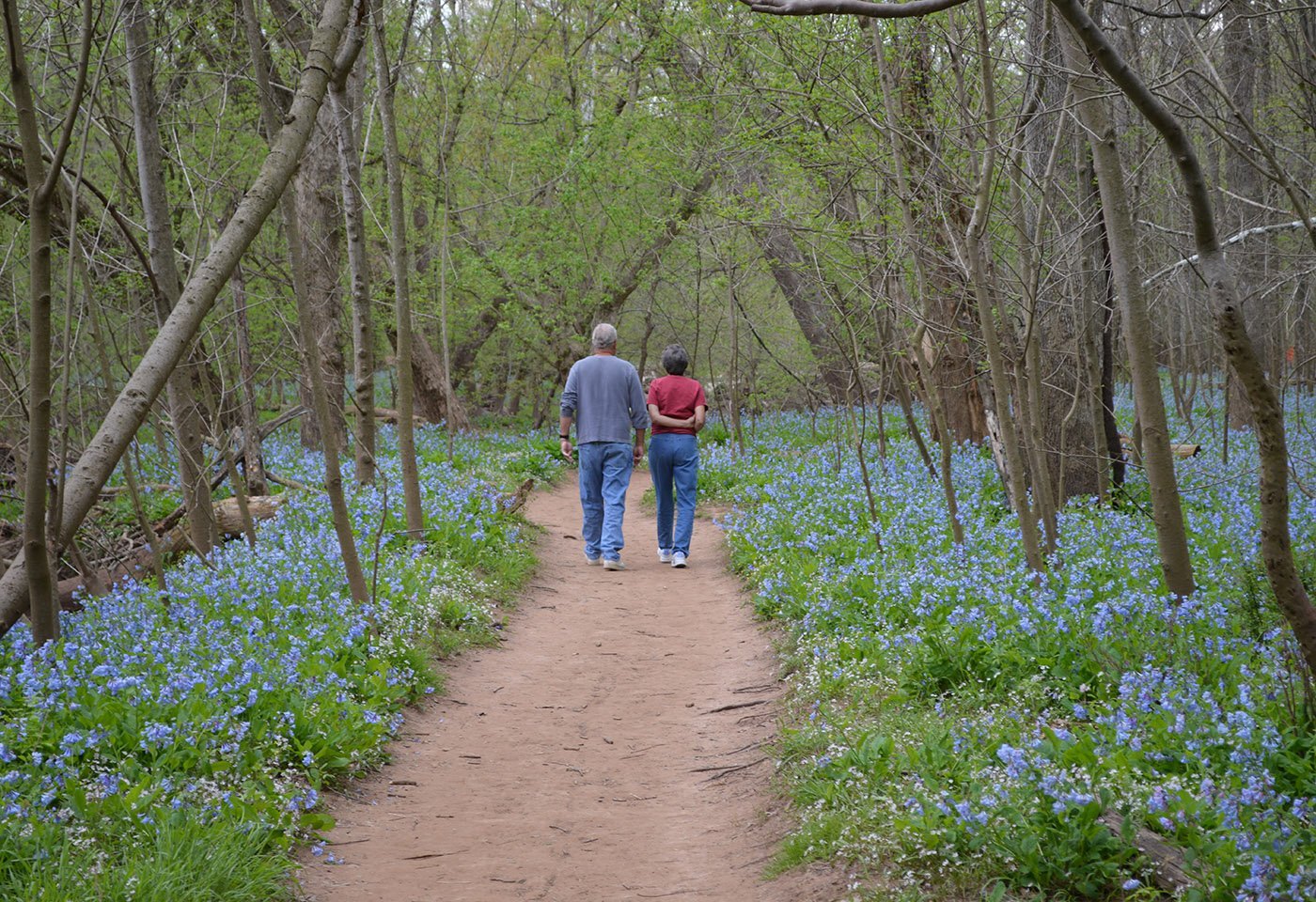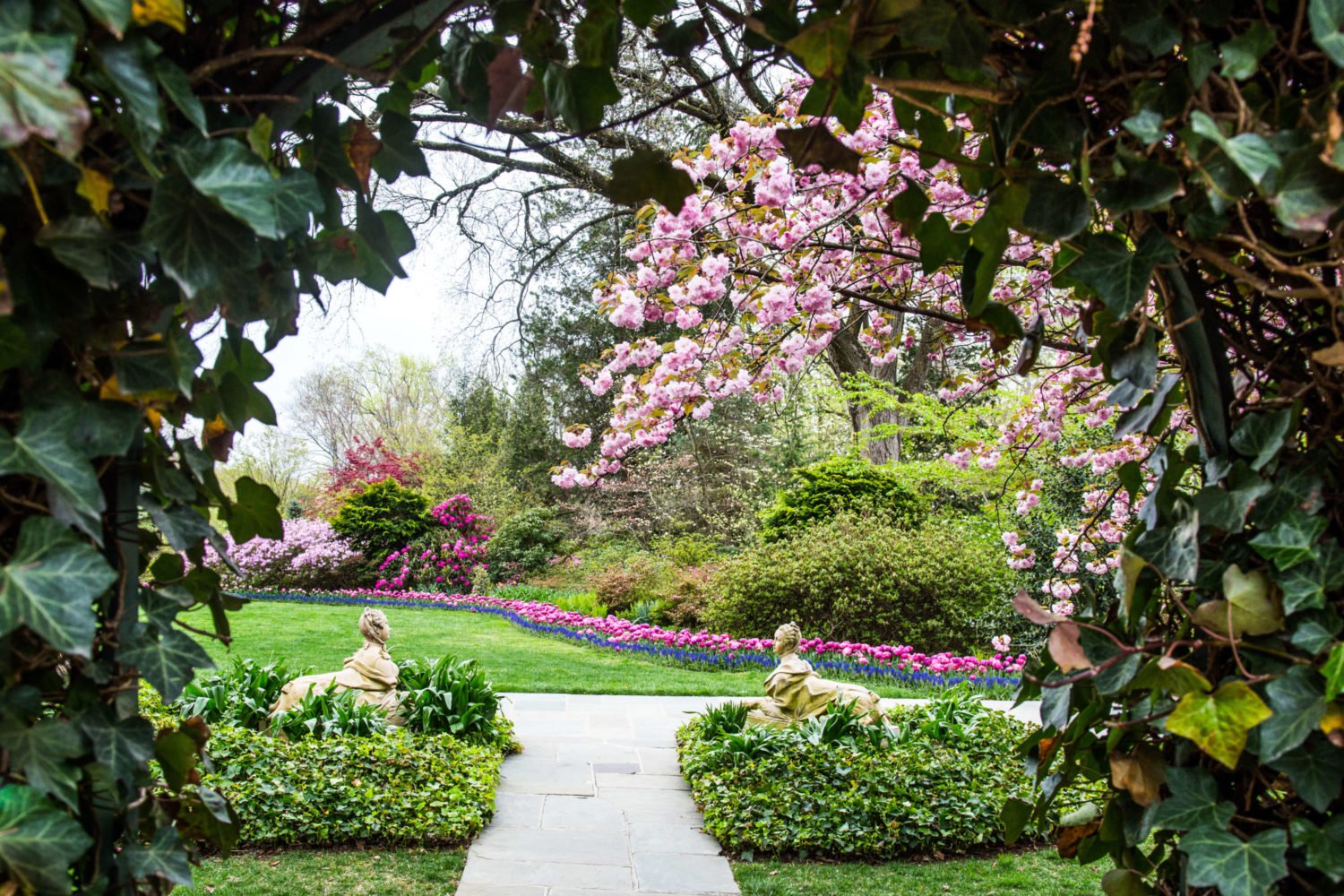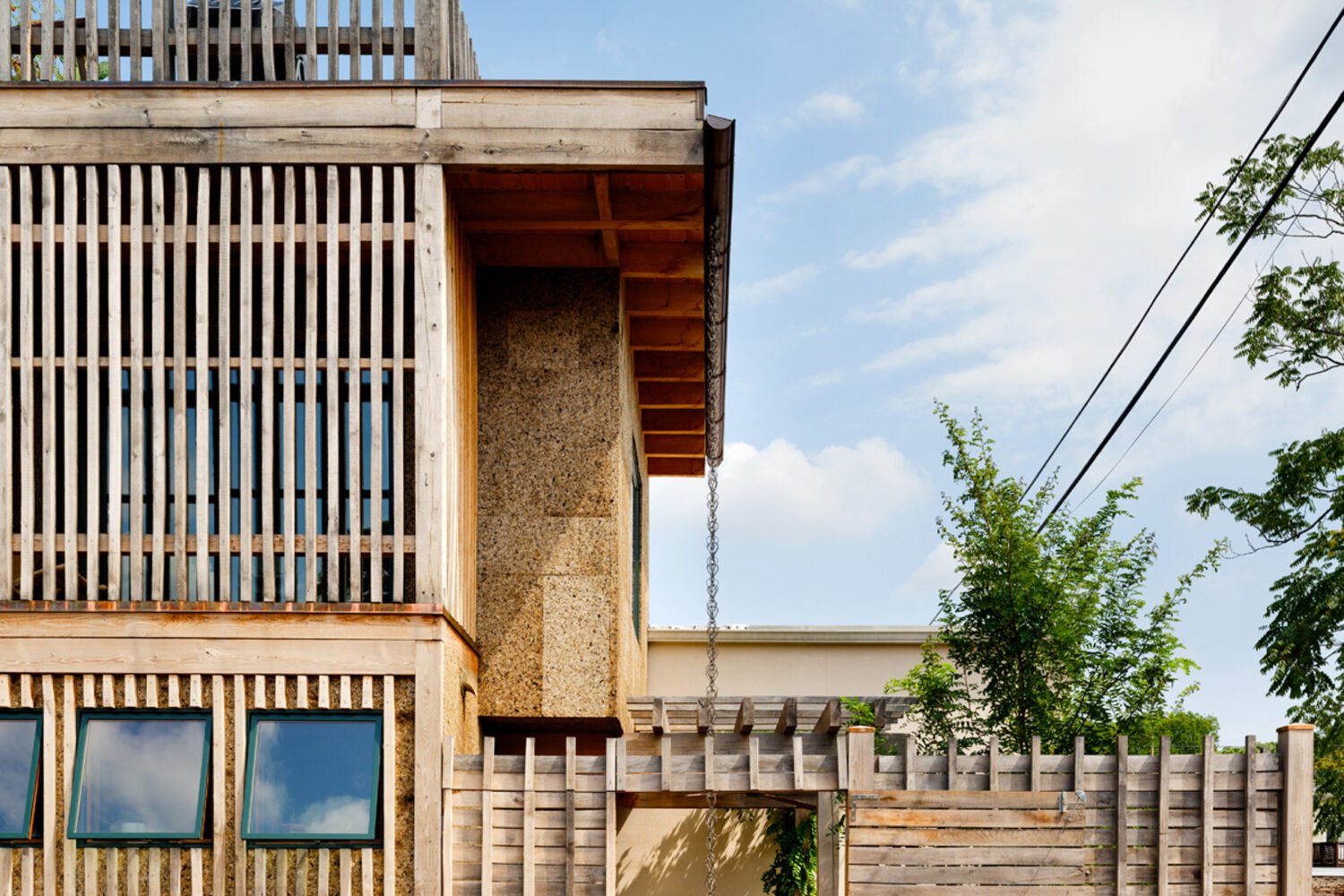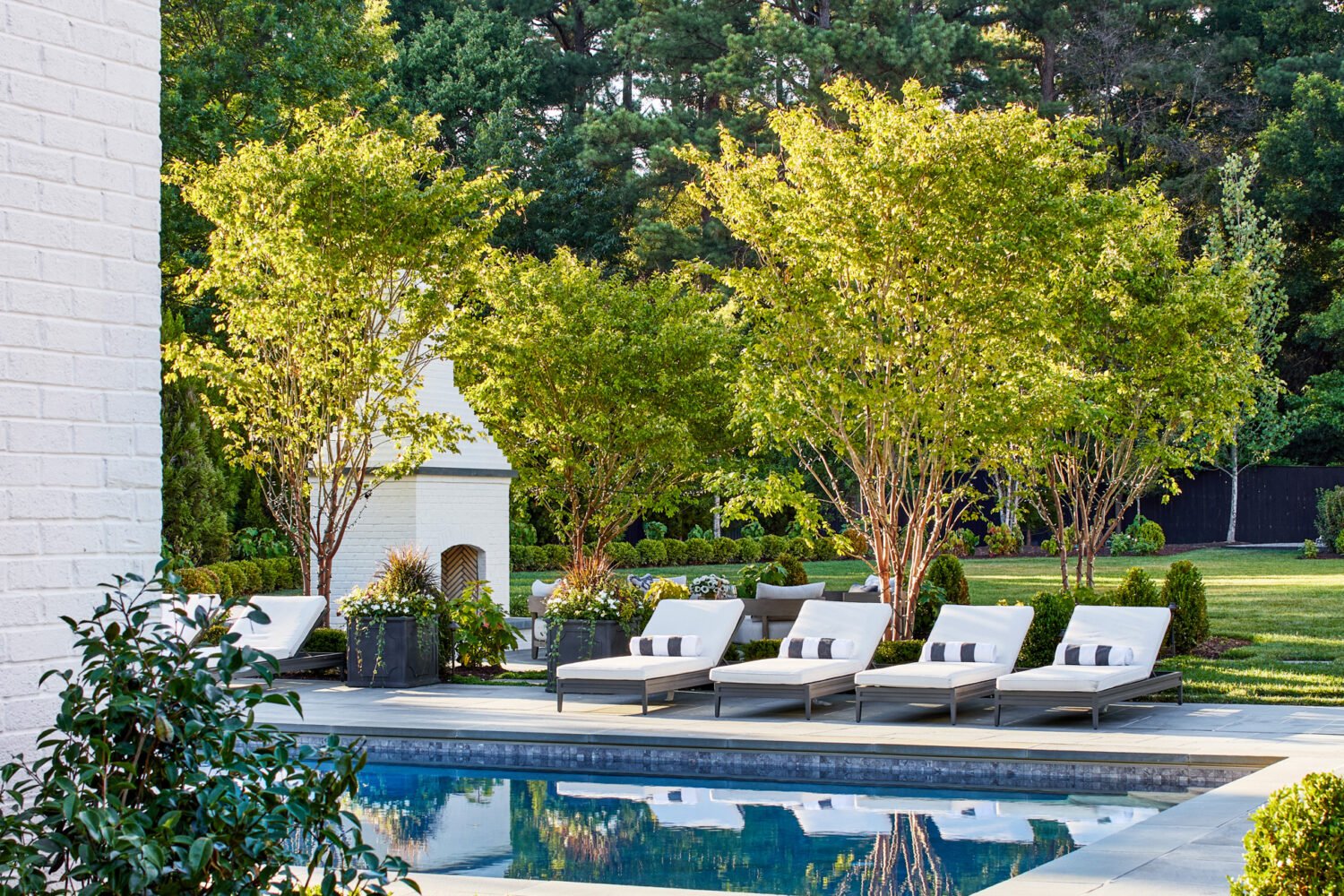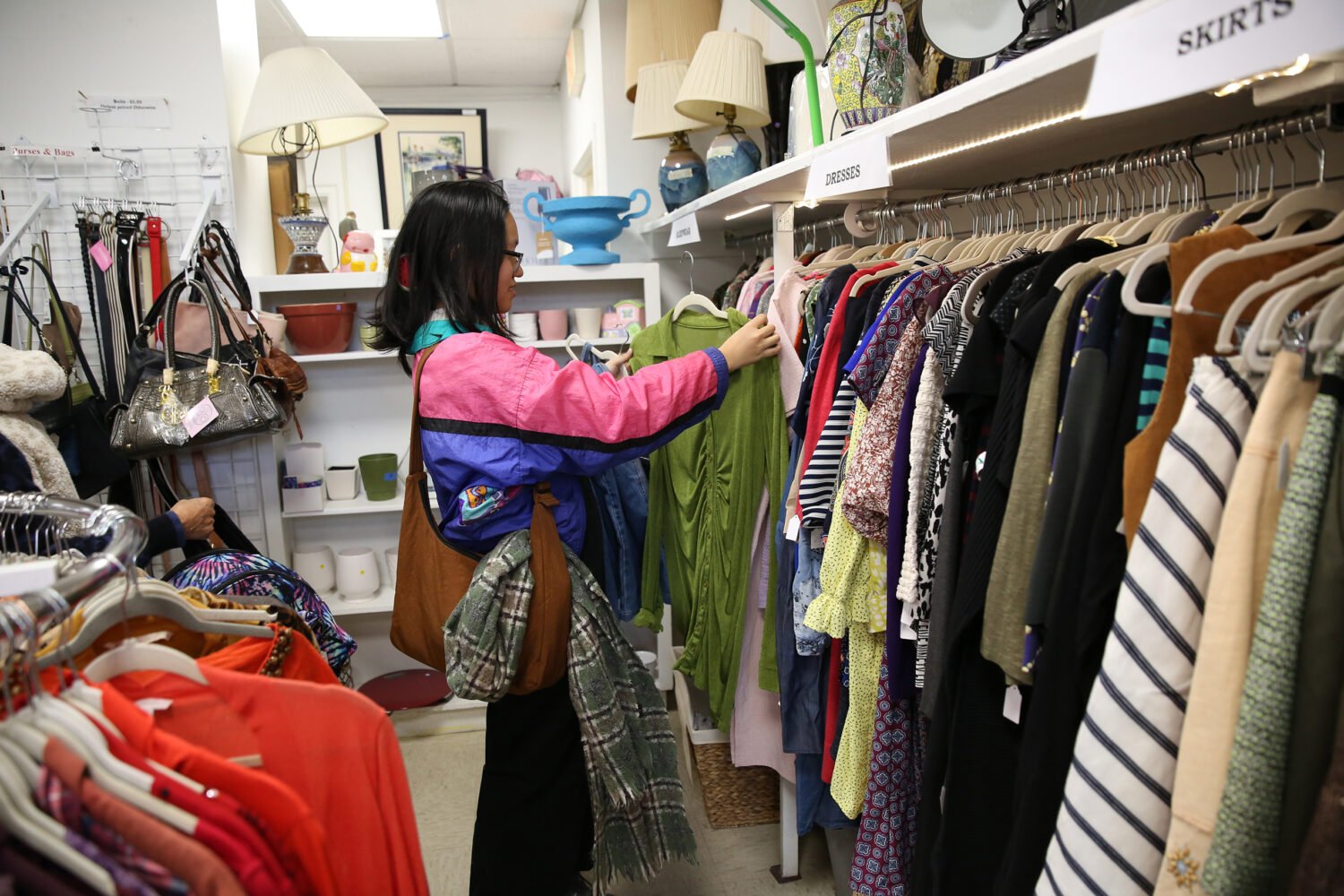What types of blossoms thrive in Washington’s steamy summers? We asked veteran wedding florist Holly Heider Chapple—who grows some of the stems used in her bridal bouquets at her Loudoun County farm—to offer up a rainbow of options that will work in any local garden.
Peony
Chapple recommends buying an established plant and placing it in a sun-filled area. A bush started from seed “could takes years and years to flower.”
Asclepias (Milkweed)
Nicknamed “butterfly weed” because monarch caterpillars eat it to reach the next stage of transformation. Take care when cutting—the sap can cause temporary blindness.
Gladiolus
“Extremely easy to grow,” says Chapple. Plus, the stalks “add height and dimension to cut-flower arrangements.” The bulbs should be dug up and preserved each winter.
Recommended: How to Build–and Maintain–the Perfect Window Box
Bupleurum
Chapple often uses this in bouquets. It will bolster the confidence of amateur gardeners because it reseeds itself, meaning seeds that fall usually produce new plants.
Hydrangea
Cut it in spring when it’s green, then again in its cornflower-blue stage (or purple or pink), and make an end-of-summer bouquet when it turns teal or lavender.
Clematis
As close to bougainvillea as an East Coast garden can support, with vines in many shapes and shades. Blooms recede in summer heat but return in the fall.
This article appears in our June 2016 issue of Washingtonian.

